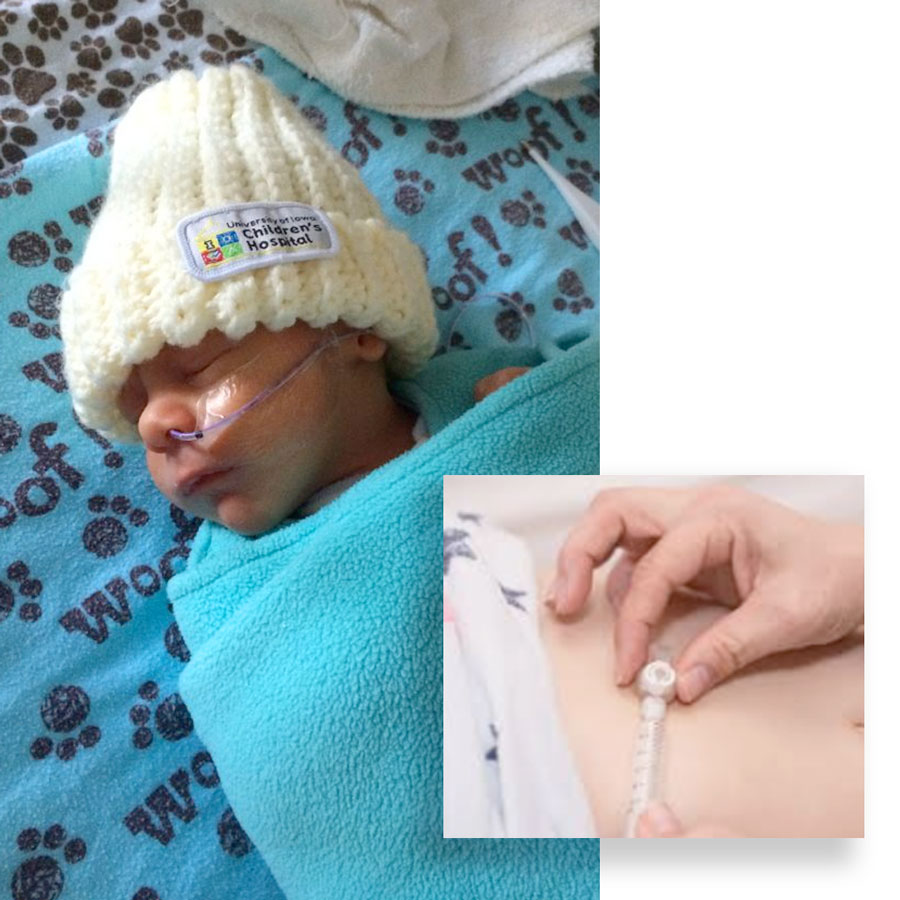
About Feeding & Enteral
- Home
- About Feeding & Enteral

Enteral nutrition, also known as tube feeding, is a way of delivering nutrition directly to your stomach or small intestine. Your doctor might recommend tube feeding if you can’t eat enough to get the nutrients you need.
Our care team can teach you how to feed yourself through a tube, provide support when you encounter problems and help you maintain your supplies while on service.
Enteral might be recommended if you have difficulty eating, but your digestive system works normally. Examples include
- Failure to thrive or inability to eat in young children or infants
- Cancer, such as head and neck cancers, or cancer treatment that makes it difficult or painful to swallow
- Neurological problems, such as stroke and amyotrophic lateral sclerosis (ALS)
- Gastrointestinal problems, such as delayed gastric emptying (gastroparesis) and bowel obstruction
- Trauma, such as an injury to your digestive tract
Types of feeding tubes
Feeding tubes deliver liquid nutrition directly to your stomach or small intestine. Options may include:
- Feeding tube passed through the nose. If you need a feeding tube for a month or less, your doctor may recommend inserting a tube through your nose and into your stomach (nasogastric tube) or your small intestine (nasojejunal tube).
- Feeding tube passed through the skin on your abdomen. If you need longer term tube feeding, your doctor may recommend a procedure to place a tube through the skin on your abdomen and into your stomach (gastrostomy) or into your small intestine (jejunostomy).